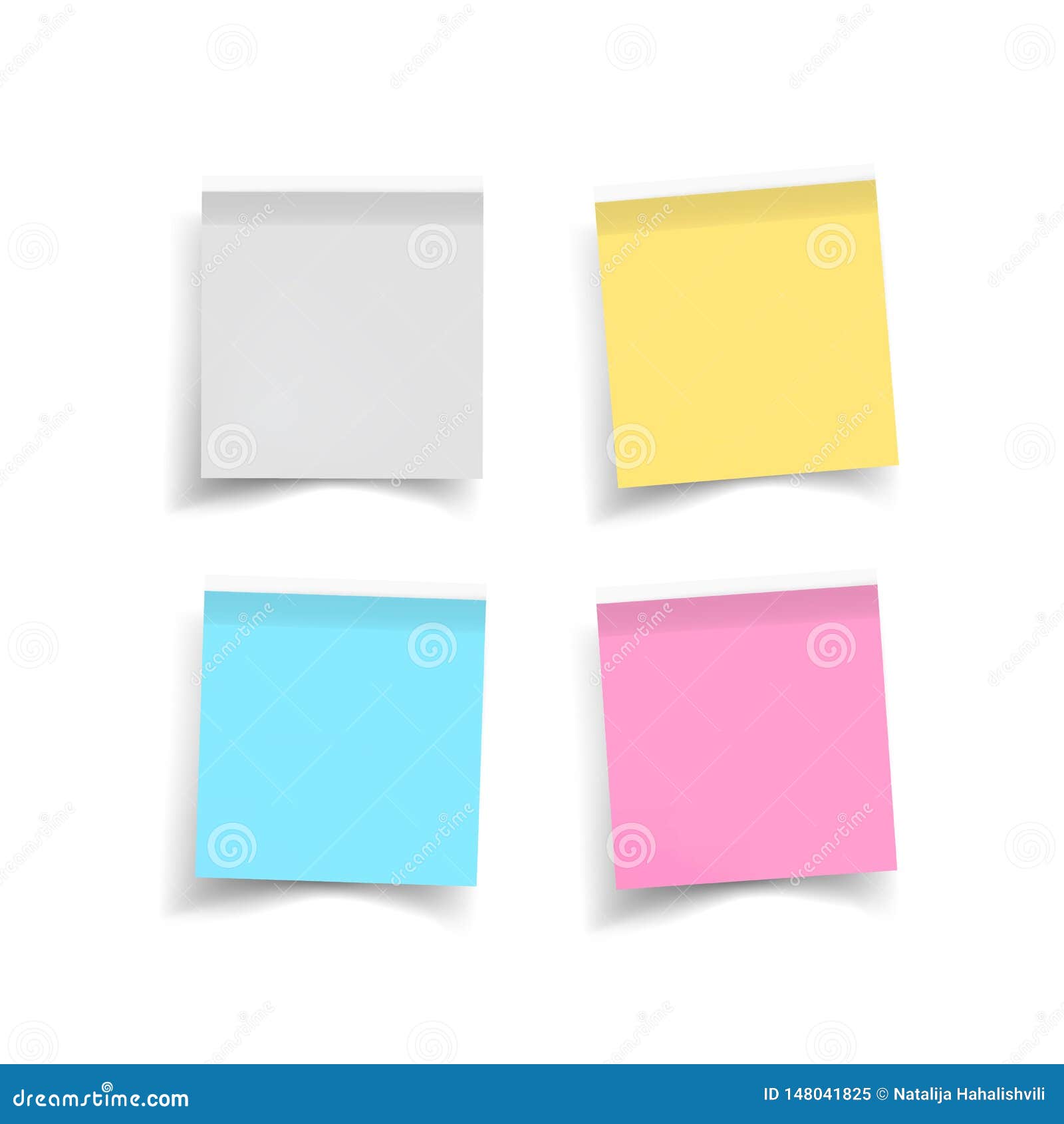

Historically most of the fuel for the debate between universalist and relativist camps come from cross-linguistic studies. Winawer and Witthoft have listed three categories of psychophysical approaches to break the circularity problem and investigate the potential relationship between language and color vision: cross-linguistic studies, hemifield specific effects, and verbal interference experiments. Now, if linguistic color categories are taken into account for equal spacing of test colors, then by definition there won’t be any residual linguistic effects left to measure if not, how can one ensure the test colors were equally spaced to begin with? In the latter case, any observed category effect may reflect the possibility that colors within a linguistic category are psychophysically harder to discriminate and that’s why they have fallen into a natural category in the first place.

In order to psychophysically measure the potential effect of linguistic category boundaries on color recognition for different colors (within or between category boundaries), the experimenter first needs to create a physically controlled and evenly spaced color space. The problem of circularity arises from an inherent problem in the definition of “spacing” in any color space. To address the debate between universalist and relativist views, one should experimentally address a “problem of circularity” formalized by Winawer and Witthoft ( 11). These results also show that low-level perceptual color matching is not related to color naming, suggesting that the variation in color naming-among the individuals and across the color wheel-is neither the cause nor the effect of variation in low-level color perception.

Our results demonstrate a strong link between color naming and color memorization both across different individuals and different parts of the color wheel. However, similar to the case of individual differences, the density of color names along the wheel did not show any correlation with perceptual color matching performance. We also calculated the density of color names along the color wheel and observed that parts of the color wheel with higher density of color names are held in memory more accurately. Nevertheless, having more or fewer color names was not related to the subjects’ performance in perceptual color matching. We found that, individuals who possess more names to describe the color wheel have a strong edge in color memorization over those with fewer names. We also asked subjects to freely name 100 evenly sampled hues along the color wheel. We tested a pool of Persian speaking subjects with a simple color matching task under two conditions: perceptual and memory-based matching. To study this interaction, here we utilized two approaches based on individual differences in color naming and variation of color name density along the color wheel. The potential interaction between color naming and psychophysical color recognition has been historically debated.


 0 kommentar(er)
0 kommentar(er)
